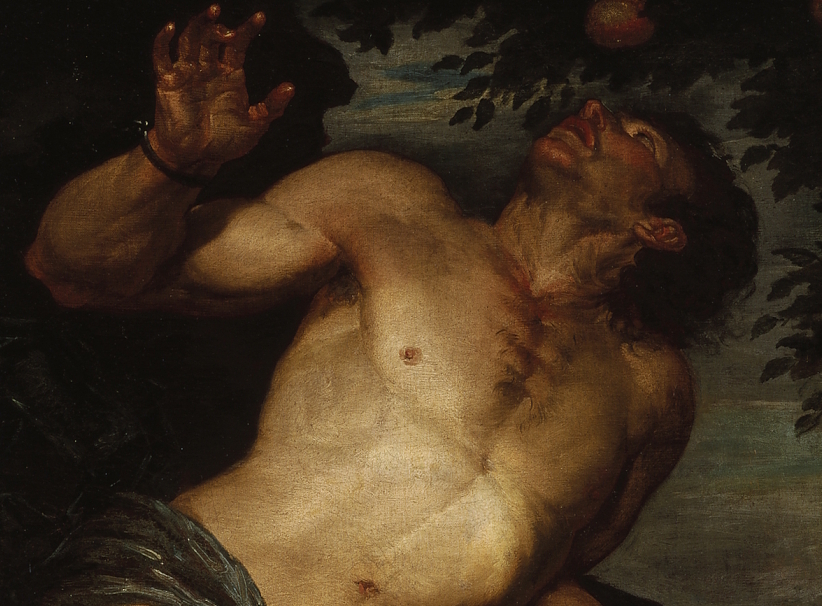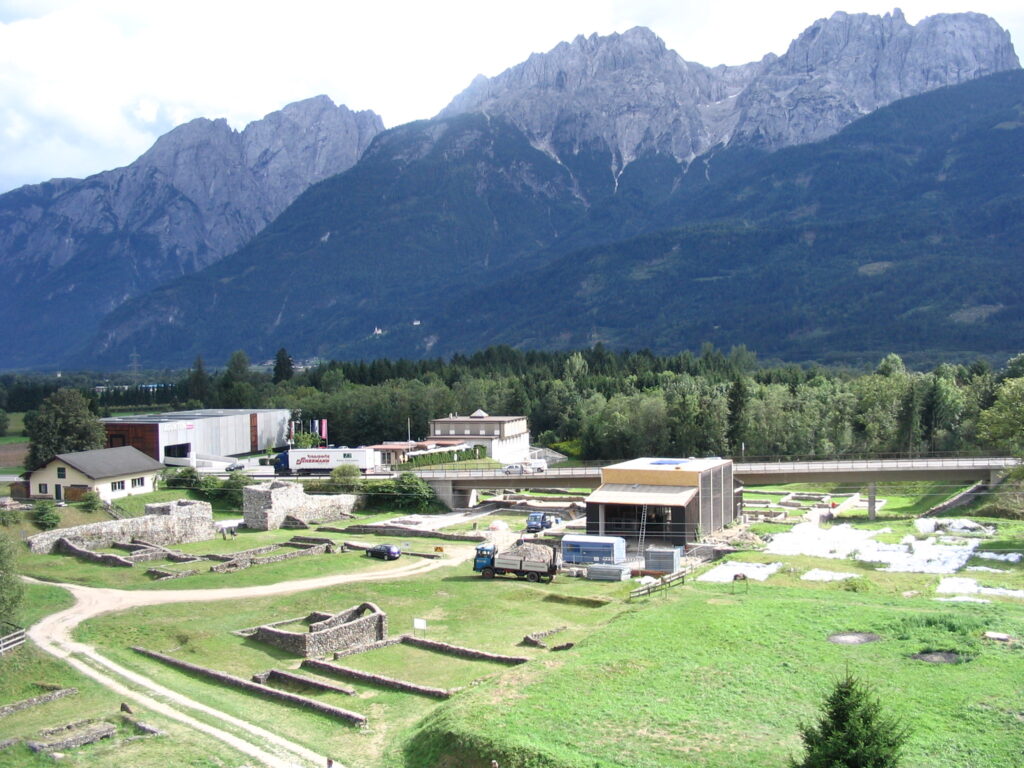Focus On: (6235) Burney
Name origin: Venetia Phair (née Burney), who at age 11 was the first to suggest the name Pluto when said planet was discovered. She studied mathematics and became an accountant, and later a teacher.
Focus On: (6235) Burney Read Post »










